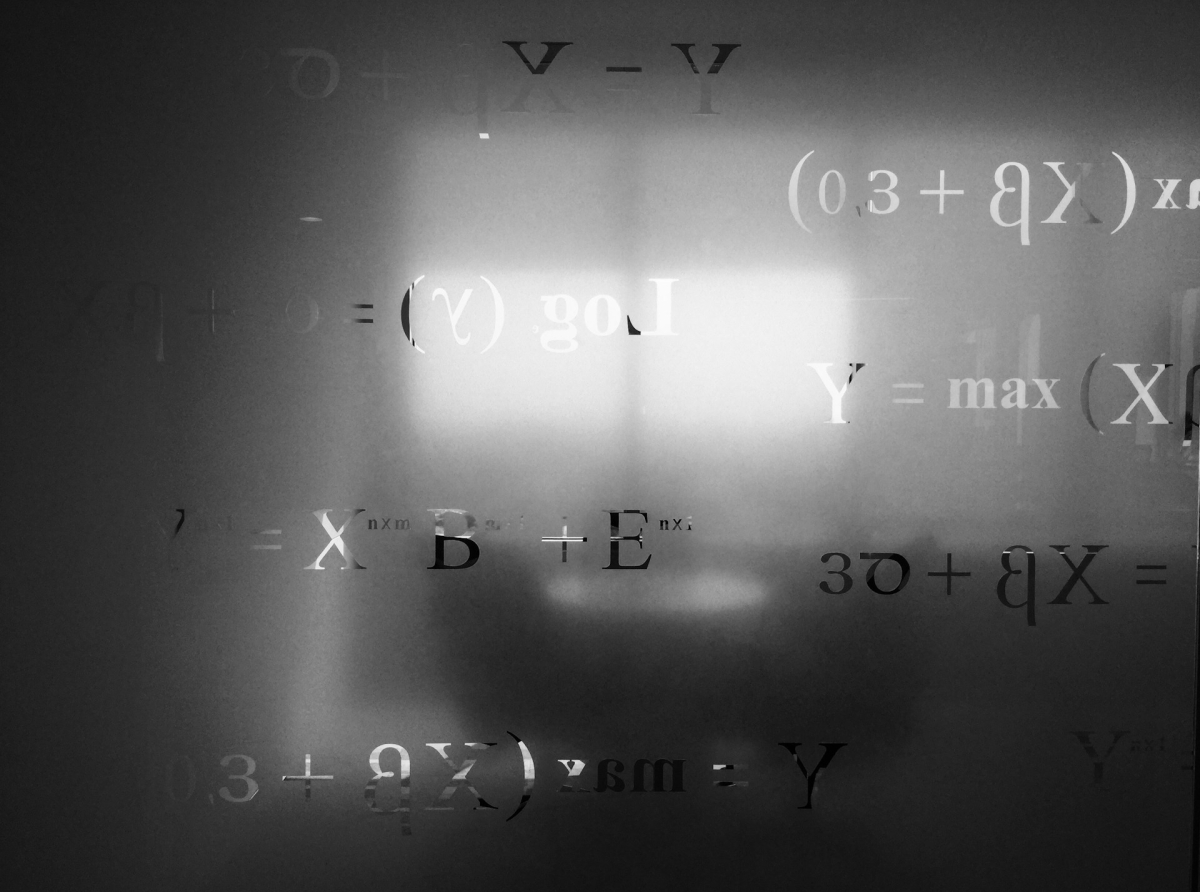The Symbiotic Relationship Between Trading and Mathematics: From Historical Foundations to Future Frontiers

The Symbiotic Relationship Between Trading and Mathematics: From Historical Foundations to Future Frontiers
The intricate dance between trading and mathematics has been a historical constant, tracing back to the days of early commerce where basic arithmetic laid the groundwork for trade transactions. As civilization progressed, so did the complexity of these exchanges, and mathematics evolved from a simple tool for counting to an essential framework for understanding and navigating the financial markets.
In today’s digital age, trading has transcended physical boundaries, and mathematical principles have become the backbone of sophisticated trading strategies. From pricing complex derivatives to developing predictive models, math offers traders a lens through which they can dissect market noise and uncover underlying patterns.
In today’s digital age, trading has transcended physical boundaries, and mathematical principles have become the backbone of sophisticated trading strategies. From pricing complex derivatives to developing predictive models, math offers traders a lens through which they can dissect market noise and uncover underlying patterns.

The Symbiotic Relationship Between Trading and Mathematics: From Historical Foundations to Future Frontiers
Key Mathematical Concepts in Trading
At the core of contemporary trading systems lie key mathematical concepts that empower traders to make informed decisions. Probability theory allows traders to assess risks and determine the likelihood of various market outcomes. Statistics is crucial for analyzing historical data and identifying trends or correlations that may influence future market behavior.Calculus, particularly in its application to differential equations, empowers traders to model the dynamic changes in market prices over time. These mathematical tools are not merely academic; they are vital in crafting algorithms that automate trading decisions, manage portfolios’ risk profiles, and optimize financial strategies.
Evolution of Quantitative Trading Strategies
Quantitative trading strategies have undergone a significant evolution over the years. Initially, simple model-based approaches were designed to identify mispricings or arbitrage opportunities based on set rules derived from historical data. However, as financial markets advanced in complexity, so too did these strategies.The advent of machine learning techniques marked a pivotal shift in quantitative finance. Neural networks, deep learning models, and evolutionary algorithms began generating predictive insights far beyond human capacity. These cutting-edge approaches can pore through vast datasets to discern subtle patterns and adaptively refine their predictions as new data emerges.
Impact of Advanced Mathematics on Financial Markets
The application of advanced mathematics has fundamentally transformed financial markets. High-frequency trading (HFT) employs complex algorithms to execute trades within fractions of a second, often capitalizing on minuscule price differences that might go unnoticed by human traders.Algorithmic strategies have democratized access to sophisticated trading tactics that were once exclusive to institutional investors. Meanwhile, predictive analytics harness vast quantities of data to forecast market movements with increased precision.
These advancements have significantly affected market dynamics—enhancing liquidity but also potentially amplifying volatility during times of stress. The debate continues on how these mathematical tools influence the fairness and stability of global financial systems.
The Future Intersection of Trading and Mathematics
Looking toward the horizon, we see emerging trends at the intersection of innovation in mathematics and trading. Quantum computing holds promise for processing complex calculations at unprecedented speeds—a potential game-changer for developing financial models that could revolutionize risk assessment and asset pricing.Artificial intelligence is poised to further push the boundaries with adaptive algorithms capable of learning from their environment in real-time, leading us into an era where human traders may one-sidebar strategic oversight rather than direct engagement with the markets.
As we chart this exciting trajectory, it remains clear that mathematics will continue its pivotal role as both an architect shaping structures within which markets function and a navigator guiding traders through ever-shifting financial landscapes.
Trading, Mathematics, Analytical Strategies, Financial Insights, Market Dynamics









Report
My comments